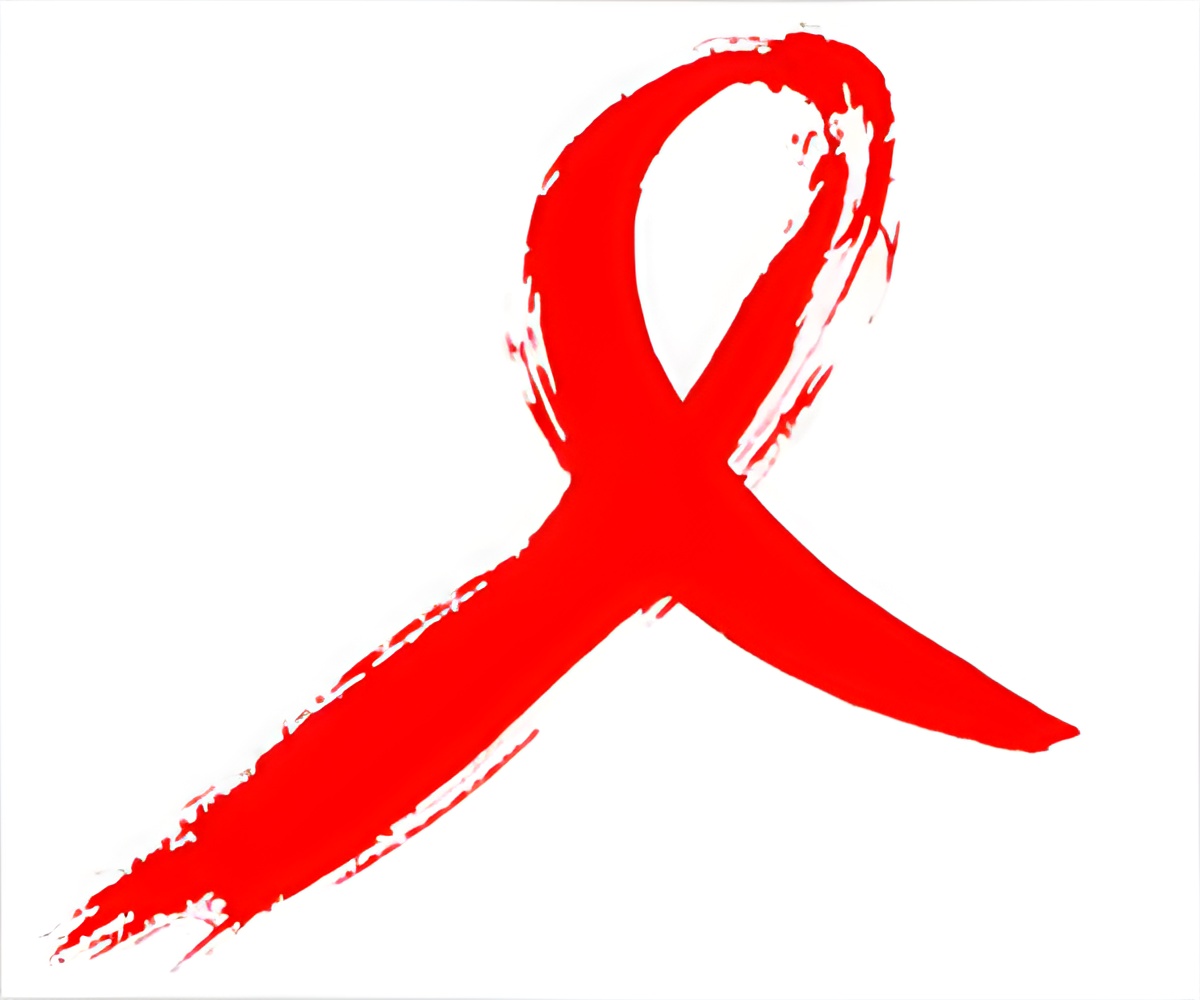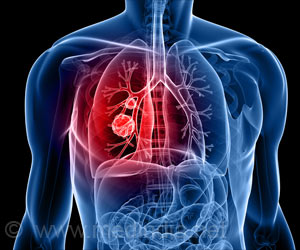
‘MZC gel was found to be more potent than TFV 1% gel in blocking HIV-1 infection in cell-based assays. Development of safe and effective microbicidal products like MZC offers real hope for global efforts to reduce non-curable STIs and improve sexual and reproductive health worldwide.’
Tweet it Now
MZC gel, which is also known as PC-1005, contains the non-nucleoside reverse transcriptase inhibitor (NNRTI) MIV-150 (M), a highly potent antiretroviral that is formulated in MZC gel at a much lower concentration (0.002%) than tenofovir 1% gel. In addition, MZC gel contains zinc acetate dihydrate (Z), which protects against HSV-2 and HIV, and 3% carrageenan (C). Carrageenan is among the most potent anti-HPV agents tested to date. And previously published research shows that the carrageenan and zinc acetate combination enhances each compounds' antiviral properties (in vitro and in vivo) against HIV and HSV-2, which could result in a product that requires lower doses, produces fewer side effects and reduces manufacturing costs. The lead investigator of the study said, "HIV infects 2 million people per year, and hundreds of millions more are impacted by HSV and HPV annually. Development of products like as MZC offers real hope for our efforts to reduce non-curable STIs and improve sexual and reproductive health worldwide."
In this analysis, MZC and TFV gels were tested in cell-based assays and in an ex vivo rhesus macaque vaginal explant model; the anti-HSV-2 activity of MZC and TFV 1% gels was explored in a murine (mouse) model. While both gels showed good antiviral therapeutic indexes, MZC demonstrated a number of potential advantages over TFV 1% gel. Among these- MZC showed greater anti-SHIV-RT activity than TFV 1% gel in rhesus macaque vaginal explants. MZC gel protected mice from vaginal HSV-2 challenge (100% protection), while TFV 1% gel did not. MZC gel was more potent than TFV 1% gel in blocking HIV-1 infection in cell-based assays.
This study did not measure the impact of the gels on HPV. However, previous studies have shown that carrageenan-based formulations like MZC provide significant in vitro and in vivo HPV inhibition.
MZC recently completed a safety, pharmacokinetics, and acceptability Phase I study - results will be released in the first quarter of 2016. Its development pathway is being evaluated, which includes plans to formulate MZC or some of its components in novel delivery systems, including a 90-day intravaginal ring. The addition of hormonal contraceptives to prevent unintended pregnancy is also being explored, as is the potential of MZC for use as a rectal microbicide gel.
Advertisement
Council researchers are pursuing multiple active agents, combinations, and delivery systems to prevent HIV, other STIs, and unintended pregnancy. A Phase I study of another gel that contains griffithsin, a naturally occurring algae protein, which inhibits HIV and other pathogens including HSV-2, will begin in 2016. Griffithsin is the most potent anti-HIV agent described in the literature to date and can be produced relatively easily and inexpensively in tobacco plants.
Advertisement








